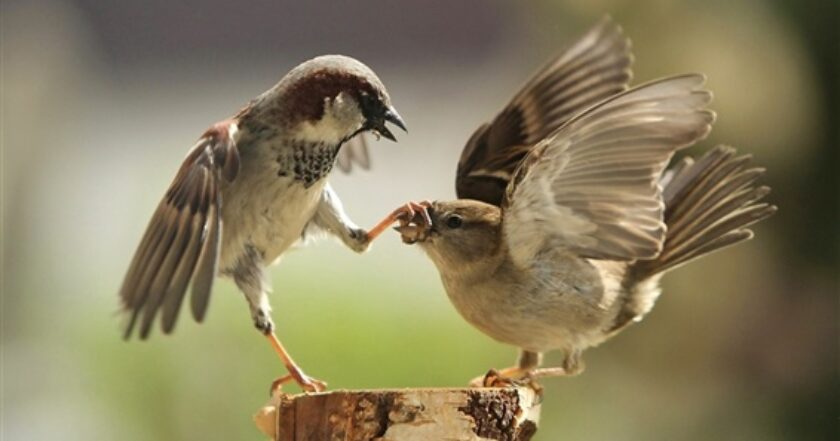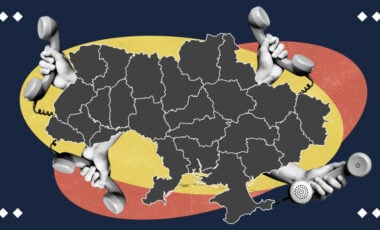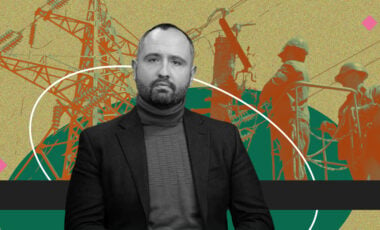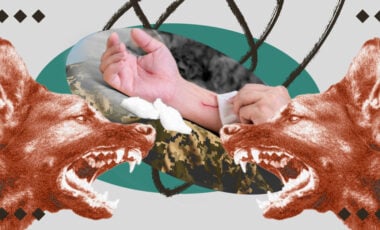How Russia's war against Ukraine can affect birds

Russia's war against Ukraine has been going on for a month. The consequences of its impact on the environment of our country have yet to be assessed in the future. The Ukrainian Environmental Protection Group predicted a possible influence of the war on the bird population.
A striking example of the impact of the war on birds was Russia's capture of eastern Ukraine. After the establishment of the Meotida National Nature Park in the Donetsk region in 2009, the park staff imposed a complete restriction on visiting the upper part of the Curved Spit on the Azov coast. The consequences didn't take long; the number of wetland birds increased rapidly. In particular, the Pallas's gulls (Ichthyaetus ichthyaetus), listed in the Red Data Book of Ukraine, began to nest en masse; the size of the nesting colony quickly reached 3,000, and it became the largest colony of this species in Europe. It was on Kryva Spit that the Dalmatian pelican (Pelecanus crispus) began to nest in Ukraine for the first time; the colony numbered 17 pairs. The population of the Eurasian oystercatcher (Haematopus ostralegus) has also increased. And the number of Sandwich terns (Thalasseus sandvicensis) in this place reached about 60 thousand pairs. All these nesting groups disappeared at the same time in 2015 when Kryva Spit began to be used by the Russian occupiers for landing and other purposes. As a result of the occupation, the National Park Security Service ceased to function. In the following years, only small-billed terns continued to nest here in small numbers.
Wetlands of the Azov-Black Sea coast of Ukraine today continue to play an extremely important role in preserving the populations of many bird species on a European scale. Not surprisingly, this is where the Black Sea Biosphere Reserve, Azov-Siva NNP, and other nature reserves are located, which provide their protection. After all, there are thousands of colonies of different species of gulls and terns, oystercatcher, and other wetland birds. During the new stage of Russia's war against Ukraine in 2022, the Azov-Black Sea coast within the Donetsk, Zaporizhzhia, and Kherson regions is under temporary occupation. As a result, nature reserve protection services are often unable to perform their functions. We will find out the consequences of this later.
Another vulnerable group of birds from hostilities are species that nest in forests. The greatest risks in such ecosystems for birds are fear of fighting, deforestation, fire (due to shelling and deliberate arson), and so on. On the territory of modern military operations in the north of the country, there are significant (on the scale of Ukraine) nesting populations of species listed in the Red Book, black stork (Ciconia nigra), lesser spotted eagle (Aquila pomarina), white-tailed eagle (Haliaeetus albicilla), short-toed snake eagle (Circaetus gallicus), common crane (Grus grus), black grouse (Tetrao tetrix). In the eastern part of Ukraine, there are nesting groups of white-tailed eagle, booted eagle (Hieraaetus pennatus), eastern imperial eagle (Aquila heliaca), common crane, horned owls (Bubo bubo). They are potentially affected by the above factors, but are likely to be local in nature and will not have a significant impact on populations.
In general, the impact of the war in Ukraine on birds will depend on the duration and intensity of the negative factors.

















































